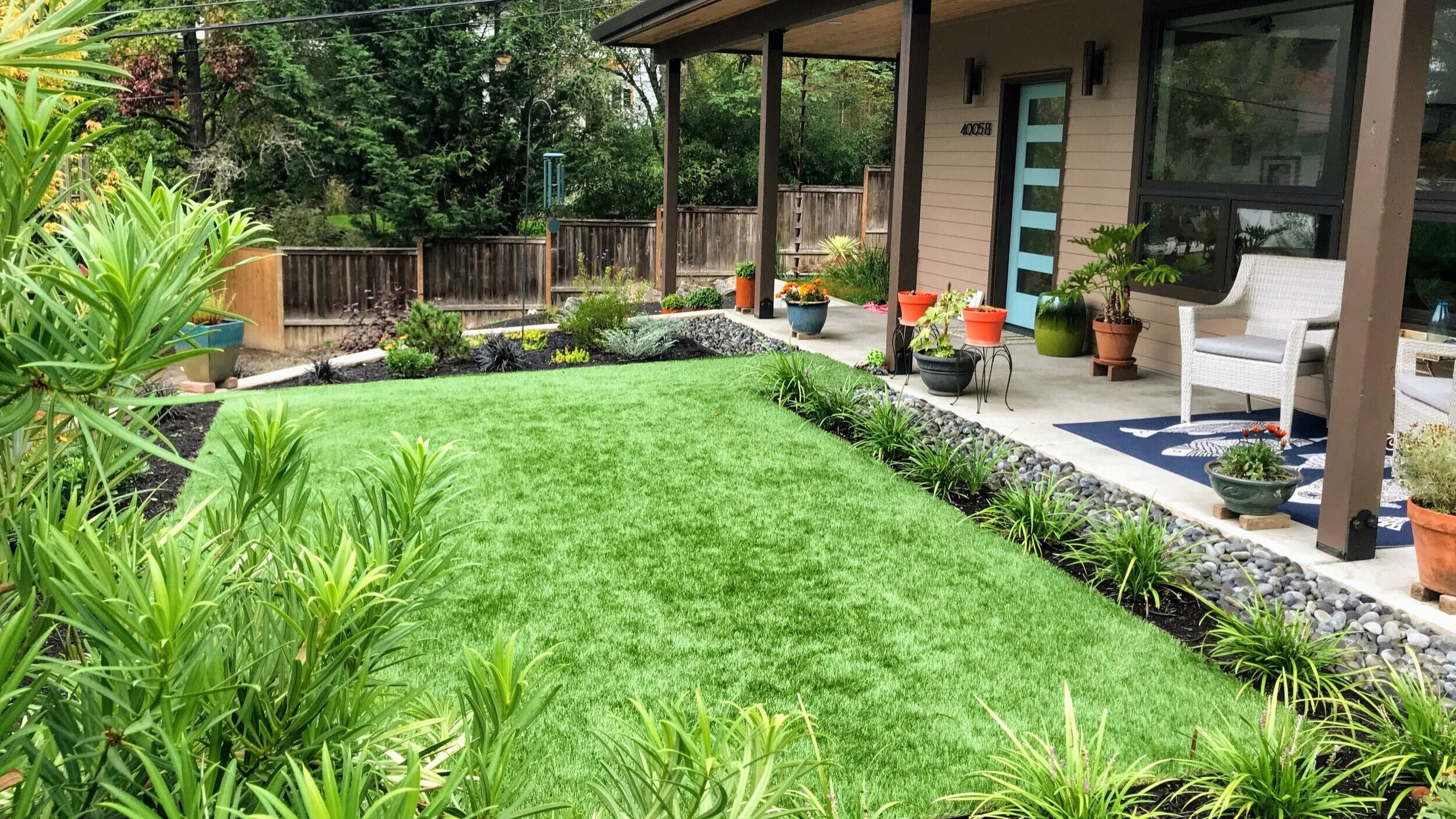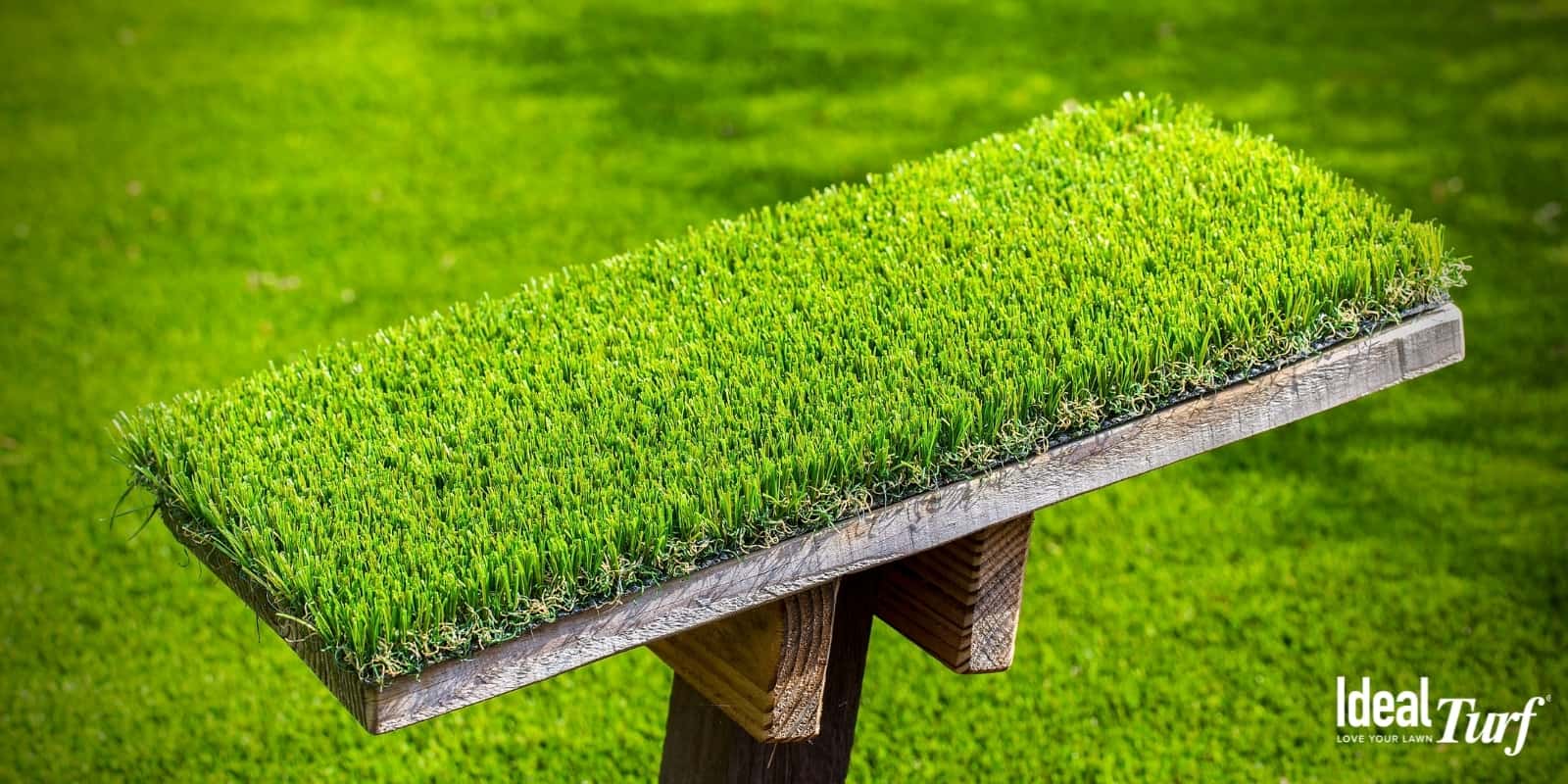Discover Reputable Artificial Turf Companies Phoenix for Your Landscaping Needs
Discover Reputable Artificial Turf Companies Phoenix for Your Landscaping Needs
Blog Article
Explore the Environmental Perks of Opting for Synthetic Grass Solutions
The fostering of synthetic grass remedies offers a compelling chance to attend to pushing ecological challenges. By substantially lowering water use and minimizing the application of damaging chemicals, these choices not just advertise lasting landscape design yet also protect local environments.
Water Preservation Benefits
One of the most considerable advantages of fabricated lawn is its capacity to conserve water. In contrast, artificial grass does not require watering, substantially decreasing the overall demand for water resources.
By eliminating the demand for routine watering, synthetic grass contributes to lasting landscape practices and aids reduce the ecological effect of excessive water intake. Additionally, the conservation of water includes the reduction of runoff, which can result in soil disintegration and river air pollution.
Furthermore, the installment of fabricated lawn allows house owners and municipalities to allot water resources much more effectively, concentrating on necessary uses such as drinking water and agriculture. The shift towards artificial turf not only promotes liable water usage however additionally straightens with broader ecological objectives focused on preserving natural deposits.
As communities progressively focus on sustainability, the water preservation advantages of artificial grass provide a compelling situation for its fostering in commercial and residential landscaping projects.
Minimized Chemical Use
The shift to synthetic grass significantly decreases the reliance on chemical treatments generally used in natural grass maintenance. Traditional lawn administration commonly entails the application of herbicides, pesticides, and fertilizers to advertise development and control parasites. These chemicals can present dangers to human wellness, neighborhood wild animals, and the atmosphere, adding to soil and water contamination.
In contrast, synthetic grass eliminates the demand for these harmful substances. When installed, it calls for very little upkeep, mainly consisting of normal cleaning and irregular infill replenishment. This reduction in chemical usage not just benefits the instant atmosphere but additionally contributes to broader ecological security. By lessening the release of synthetic compounds right into the environment, synthetic grass advertises much healthier soil and water supply.
Furthermore, the absence of chemical overflow related to synthetic grass setups aids safeguard neighborhood waterways from contamination, sustaining marine life and maintaining biodiversity. Arizona artificial turf. As areas significantly prioritize lasting practices, choosing for synthetic lawn offers a feasible remedy that aligns with environmental preservation goals. Through this change, property owners can take pleasure in lavish environment-friendly spaces without jeopardizing environmental wellness, leading the means for a more sustainable future
Lower Carbon Footprint

Additionally, the setup of synthetic grass can cause significant water conservation. Natural grass require considerable amounts of water for irrigation, which not just contributes to the carbon footprint connected with water extraction and treatment however additionally strains local water resources. In contrast, synthetic grass requires marginal upkeep, calling for no watering, therefore substantially reducing water use and its linked power prices.
Additionally, the longevity of synthetic turf contributes to its decreased carbon impact. With a life expectancy of as much as 15 years or more, the need for frequent replacements is reduced, leading to less waste and reduced YOURURL.com power intake in production and getting rid of conventional turf alternatives. In general, man-made grass presents a lasting alternative for eco conscious landscape design.
Environment Preservation
Habitat preservation is a vital consideration in the debate over landscape design selections, especially when contrasting synthetic turf to all-natural turf. Natural grass yards usually need comprehensive maintenance, consisting of making use of chemicals, plant foods, and herbicides, which can adversely influence local ecological communities. These chemicals can seep into the dirt and waterways, hurting native vegetation and fauna and interfering with regional environments.
In comparison, synthetic grass provides a possibility to decrease the eco-friendly impact of landscaping. By selecting artificial grass, house owners can minimize the disruption of natural environments connected with conventional grass care techniques. Synthetic grass gets rid of the demand for harmful chemicals, therefore shielding neighboring wildlife and preserving the honesty of surrounding communities. Moreover, the installment of synthetic grass can cause the conversion of former grass areas right into more biodiverse landscapes, such as pollinator yards or native plant locations, which can support regional wildlife.
Inevitably, the change to fabricated lawn not just saves water and minimizes maintenance efforts but additionally fosters a much more harmonious partnership in between human activities and the natural environment, advertising environment preservation while doing so.
Long-Term Sustainability
Long-lasting sustainability is a critical consider assessing the advantages of fabricated grass over typical lawn lawns. Among the most significant benefits of synthetic grass is its durability; it can last approximately 15-20 years with Related Site very little upkeep, whereas natural grass requires constant reseeding and substitute. This long life minimizes the need for constant resources, such as water, plant foods, and chemicals, which are essential for keeping a healthy and balanced grass yard.
Furthermore, artificial grass adds to a decrease in carbon discharges related to lawn treatment devices. Conventional grass commonly require gas-powered mowers, leaners, and blowers, every one of which add to air pollution. Arizona turf. In contrast, synthetic grass removes the demand for such devices, advertising a cleaner atmosphere
Moreover, the manufacturing of fabricated turf increasingly uses recycled products, enhancing its sustainability account. As makers embrace green techniques, the ecological footprint of synthetic grass proceeds to reduce.

Verdict
The fostering of fabricated lawn services provides significant ecological benefits, including considerable water conservation, decreased dependence on harmful chemicals, and a lower carbon impact. Man-made turf resource aids in protecting all-natural environments by decreasing land disturbance and advertising long-lasting sustainability via the usage of sturdy products. Jointly, these elements underscore the potential of synthetic grass to add positively to ecological wellness and provide a sensible option to standard landscaping methods in an increasingly resource-conscious globe.
In contrast, artificial grass does not need watering, considerably lowering the general need for water resources. By decreasing the release of synthetic substances into the community, man-made lawn promotes healthier dirt and water systems.
Furthermore, the setup of artificial turf can result in significant water conservation. In contrast, man-made turf needs minimal maintenance, calling for no watering, thereby significantly minimizing water usage and its linked energy expenses.

Report this page